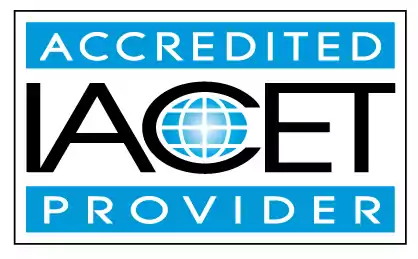Identify children and youth with demonstrated/potential giftedness.
Identify and nurture gifted children and youth with our proven practices in early childhood education and child care centers. Our central objective is to identify children with demonstrated and potential giftedness, while also emphasizing the importance of individual planning for each child's unique needs.Trainings incorporating this outcome
Proficiency Level
Price
2 hours courses
Related Outcomes
- Identify appropriate practices for identify and demonstrate an children: Identify examples of appropriate activities for different ages
- Identify appropriate practices for identify and demonstrate an children: Identify importance of individual planning
- Identify appropriate practices for identify and demonstrate an children: Define Developmentally Appropriate Practice
- Define and identify common signs and behaviors of children and youth with hearing loss.
- Describe strategies and experiences to promote collaboration between child and youth care professionals and programs and other professionals involved in the care and education of all children and youth.
- Define and identify common signs and behaviors of children and youth with cerebral palsy.
- Demonstrate an understanding of how to engage all children and youth in leadership activities.
- Define and identify common signs and behaviors of children and youth with developmental disabilities.
- Define and identify common signs and behaviors of children and youth with conduct disorder.
- Define and identify common signs and behaviors of children and youth with depression.
- Demonstrate understanding of the importance of collaboration with other professionals involved in the care and education of all children and youth
- Define and identify common signs and behaviors of children and youth with Autism Spectrum Disorder.
- Define and identify common signs and behaviors of children and youth with fragile x syndrome.
- Recognize the importance of demonstrating respect for the diversity of all children and youth and families’ culture, language, and religion in all interactions (anti-bias and cultural responsiveness techniques).
- Recognize the importance of demonstrating respect for all diversity and providing activities that reflect a welcoming environment for all children, youth and families, regardless of culture, language, or religion, or strengths, talents, and abilities.
- Define and identify common signs and behaviors of children and youth with ADHD.
- Describe strategies and experiences to promote collaboration between child and youth care professionals and programs and other professionals involved in the care and education of all children and youth.
- Demonstrate an understanding of how to support all children and youth at times of change, transition, or separation.
- Define and identify common signs and behaviors of children and youth with fetal alcohol syndrome.
- Define and identify common signs and behaviors of children and youth with anxiety.
Related Articles
- Why Children's Books Are Important for Children’s Learning
- Identifying Developmental Milestones in Children
- Gift of Gratitude: Fostering Emotional Intelligence in Children through Acts of Kindness
- The Secret Life of Crayons: What Children’s Coloring Choices Reveal About Their Developing Personality
- Growing Humility & Gratitude Instead of a Me-Me-Me Mentality in Children
- Trauma-Sensitive Care: Supporting Young Children with Empathy
- Techniques for Childcare Providers to Promote Emotional Well-Being in Children
- Unlocking Potential: The Transformative Benefits of Early Childhood Education
- Promoting Positive Behavior in Young Children
- Nurturing Kindness: Fostering Prosocial Behavior in Young Children
- Fostering Resilience in Children: A Key Role for Child Care Providers
- A humorous look at children's nervous system: Why stretching and breathing are key
- Wobble Boards and Balance Beams: How Physical Movement Supports Somatic Healing in children
- Supporting Social Relationships Among Young Children
- Cracking the Code of Children's Sleep (And Your Sanity)
- How to Promote Healthy Eating Habits in Young Children
- How to Support Children with Challenging Behaviors
- Trauma-Informed Sleigh Rides: Supporting Children Through Play
- Is Trauma the Same for All Children?
- Fun Ideas for Enjoying a Relaxing Labor Day while Keeping the Children Entertained
 0.2 CEUs
0.2 CEUs